Unveiling the Manufacturing Process of Egg Rope Chair
 Feb 07,2025
Feb 07,2025

 Topmax Furniture
Topmax Furniture
The Egg Rope Chair, an iconic piece of modern furniture, has captivated design enthusiasts and homeowners alike with its unique blend of elegance, comfort, and innovation. Its distinctive egg - shaped design and intricate rope - woven construction have made it a popular choice for both indoor and outdoor spaces. Whether placed in a cozy living room corner, a sunny patio, or a trendy café, the Egg Rope Chair adds a touch of charm and relaxation.
To fully appreciate the Egg Rope Chair, one must delve into the meticulous process behind its creation. From the careful selection of materials to the intricate weaving techniques and final assembly, each step in the manufacturing process contributes to the chair's unique charm and robust construction.
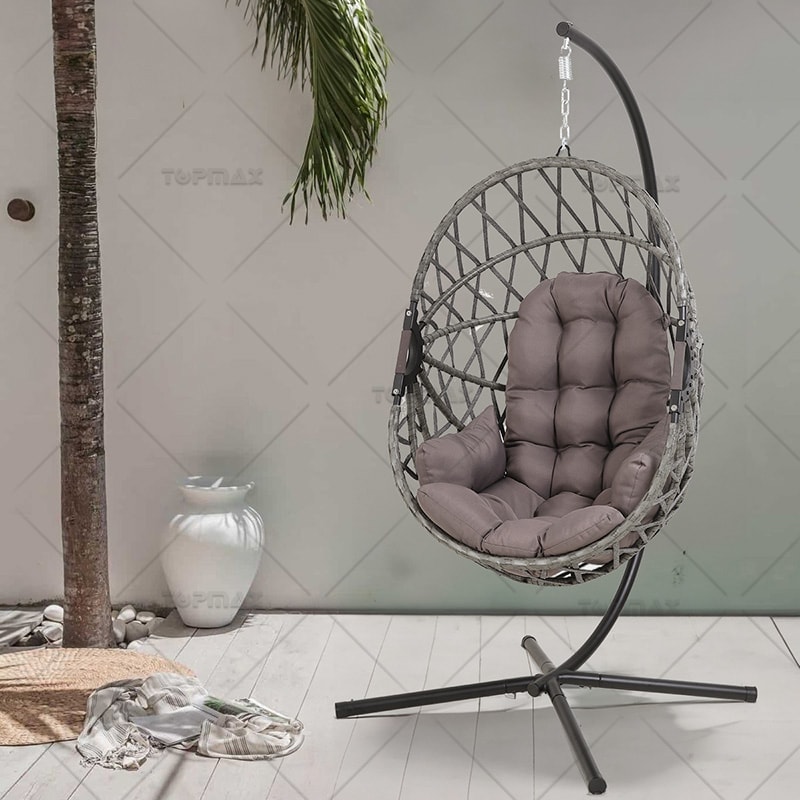
Materials Used in Egg Rope Chair Manufacturing
The creation of an Egg Rope Chair begins with the careful selection of materials, each chosen for its unique properties and contribution to the chair's overall quality.
Frame: Strength and Elegance
The frame of the Egg Rope Chair is typically crafted from high-quality metal, such as stainless steel or powder-coated aluminum. These materials are chosen for their strength, corrosion resistance, and ability to withstand the test of time. The frame is designed to mimic the smooth, curved contours of an egg, providing a visually appealing and ergonomic shape.
The metal frame undergoes rigorous fabrication processes, including cutting, bending, and welding, to achieve the desired form. Precision engineering ensures that each component fits seamlessly together, creating a sturdy base for the chair. Once assembled, the frame may undergo additional treatments such as polishing or powder coating to enhance its aesthetic appeal and durability.
Ropes: The Weave of Comfort
The ropes that envelop the frame are perhaps the most defining feature of the Egg Rope Chair. These ropes are meticulously chosen for their strength, flexibility, and aesthetic qualities. Natural fibers like jute, sisal, or hemp are popular choices due to their eco-friendly nature and ability to add a touch of warmth to the design. Synthetic fibers like polypropylene or nylon are also used for their durability and resistance to weathering.
The ropes are carefully dyed to match or complement the frame's color scheme, adding another layer of visual interest to the chair. The thickness and texture of the ropes can vary, affecting the chair's overall appearance and feel. Thicker ropes, for instance, offer a more robust and rustic look, while thinner ropes create a sleeker, more refined aesthetic.
Production Flow: From Concept to Reality
The production of an Egg Rope Chair is a multi-step process that combines traditional craftsmanship with cutting-edge technology. Each stage is meticulously planned and executed to ensure the highest standards of quality.
Design and Prototyping
The journey begins with the design phase, where sketches and digital models are created to refine the chair's shape and proportions. Prototypes are then developed to test the design's functionality and comfort. This stage often involves multiple iterations to achieve the perfect balance of form and function.
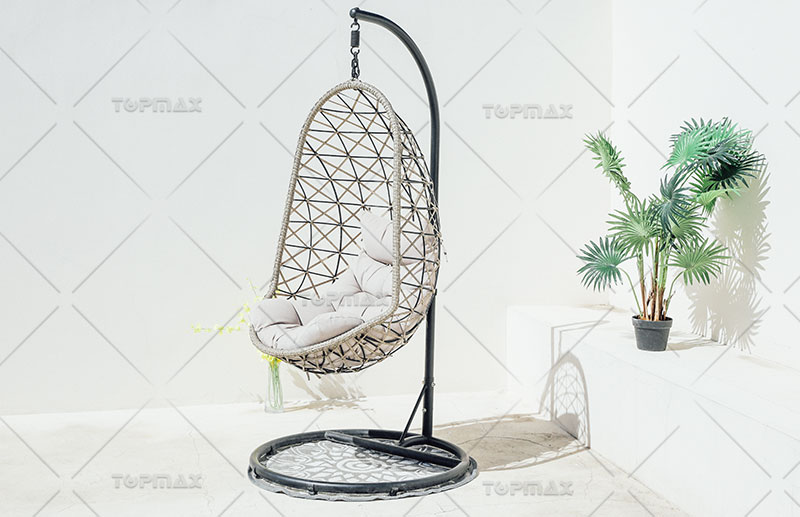
Molding the Shell
Once the design is finalized, the shell is molded using fiberglass or polyurethane. The material is carefully layered into a mold and cured to create a strong, lightweight structure. After curing, the shell is removed from the mold and sanded to achieve a smooth surface. Any imperfections are addressed, and the shell is prepared for finishing.
Upholstery and Padding
The interior of the shell is lined with high-density foam padding, which is cut and shaped to fit the contours of the chair. The upholstery fabric or leather is then carefully stretched and secured over the padding, ensuring a tight and wrinkle-free finish. Skilled artisans use techniques such as hand-stitching and tufting to add decorative details and enhance durability.
Frame Construction
The suspension frame, whether made from rope or metal, is crafted with precision to support the weight of the shell and the user. For rope frames, durable synthetic fibers are woven into intricate patterns, while metal frames are welded and polished to achieve a sleek finish. The frame is then attached to the shell, ensuring a secure and balanced connection.
Assembly and Quality Control
The final stage involves assembling the chair's components, including the swivel base and any additional features. Each chair undergoes rigorous quality control checks to ensure it meets the brand's standards for comfort, durability, and aesthetics. Only after passing these tests is the Egg Rope Chair deemed ready for delivery.
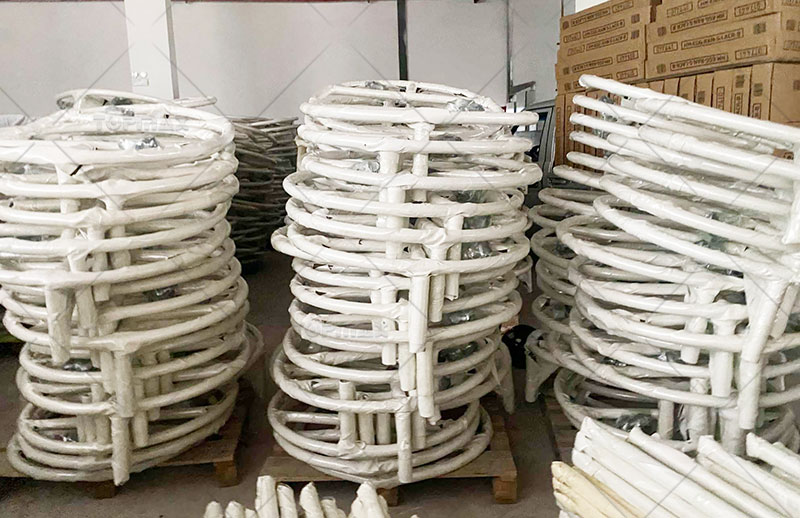
The Egg Rope Chair is a testament to the art and science of furniture craftsmanship. Its sleek design, comfortable seating, and robust construction are the result of meticulous planning, skilled craftsmanship, and advanced manufacturing techniques.
From the careful selection of materials to the intricate weaving process and final assembly, each step in the manufacturing journey contributes to the chair's unique charm and appeal. The attention to detail and commitment to quality are evident in every aspect of the design, making the Egg Rope Chair a true work of art.
By understanding the manufacturing process, buyers can make informed decisions and appreciate the effort and skill that goes into creating the perfect Egg Rope Chair.
 Inquire Now
Inquire Now



 Home
Home How to Choose the Best Material for a Modern Beach Chair in Outdoor Environments
How to Choose the Best Material for a Modern Beach Chair in Outdoor Environments  You May Also Like
You May Also Like 

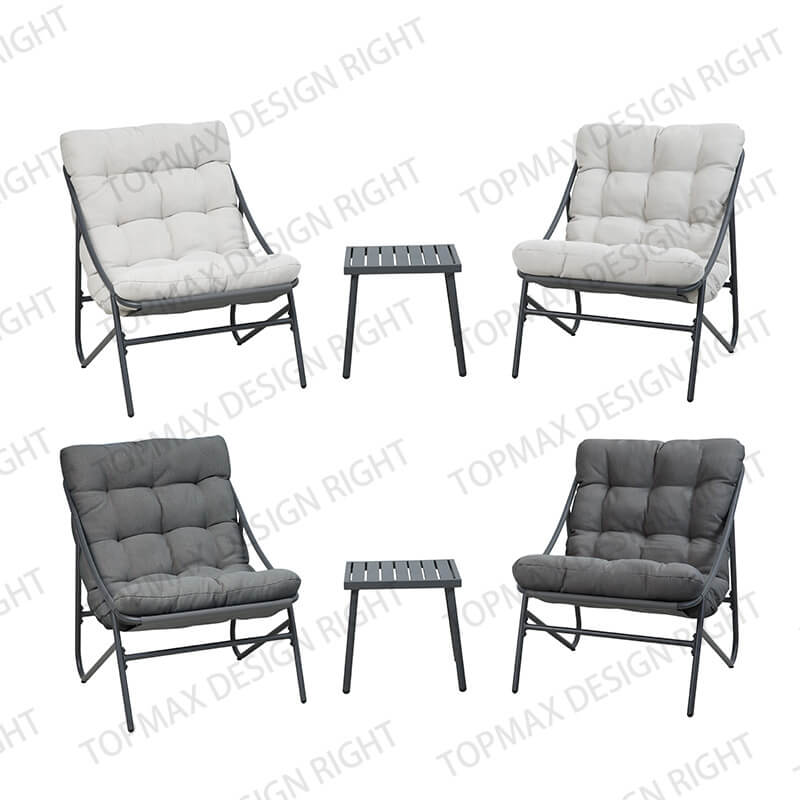
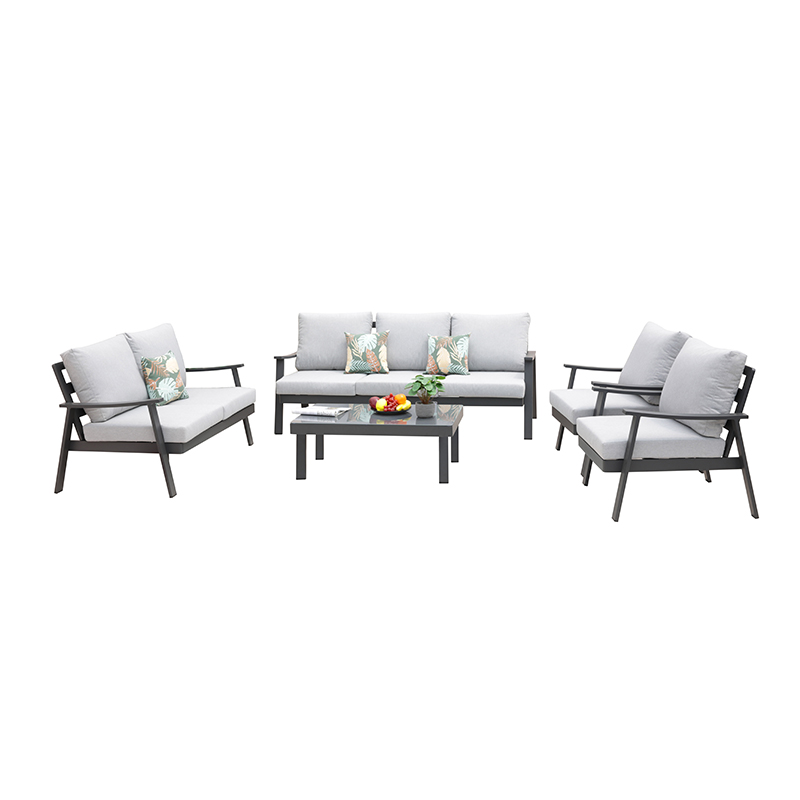

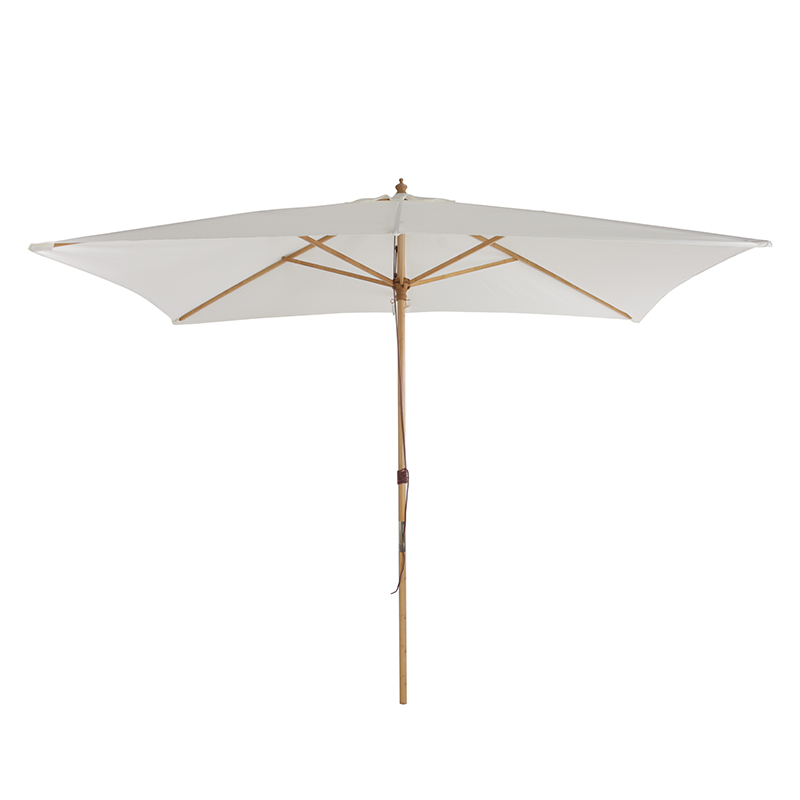
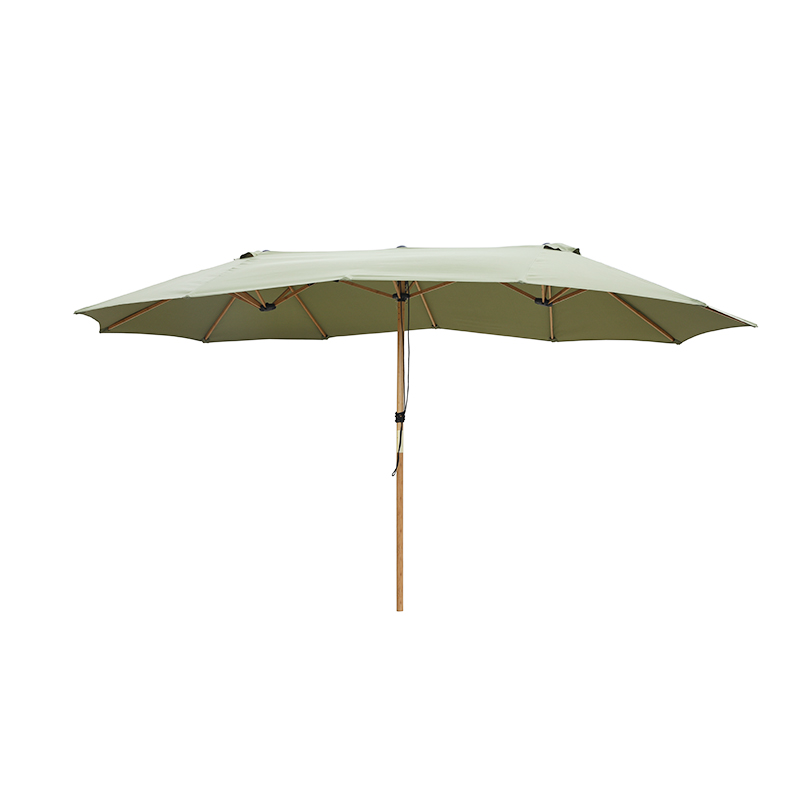

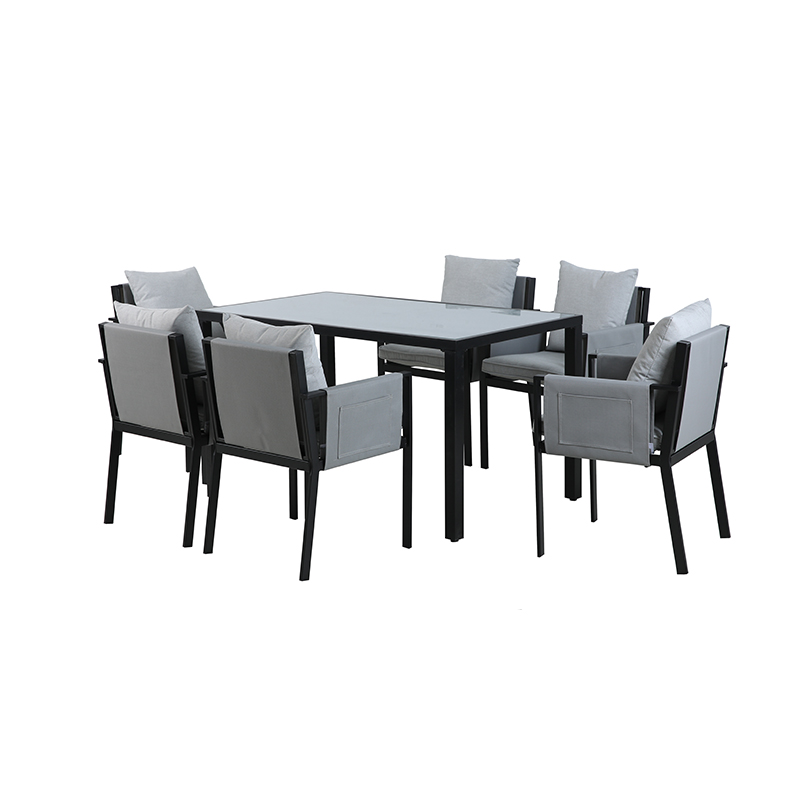
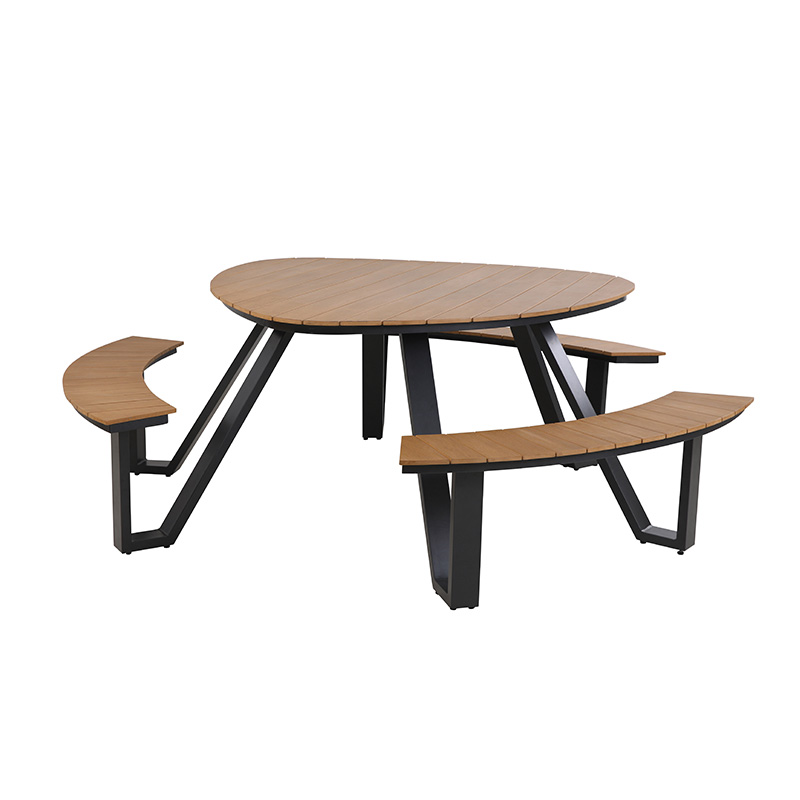
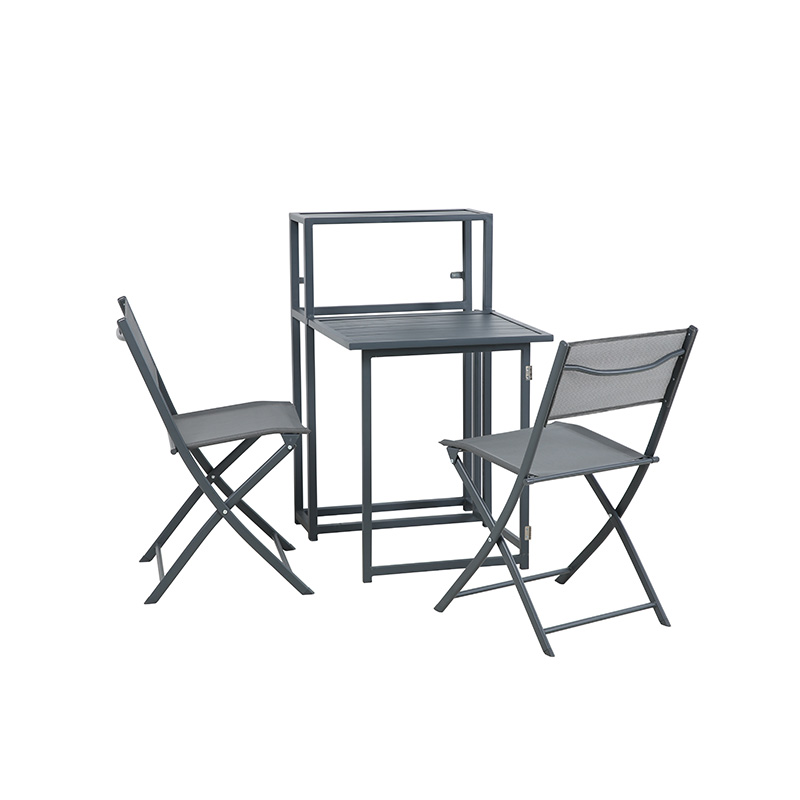
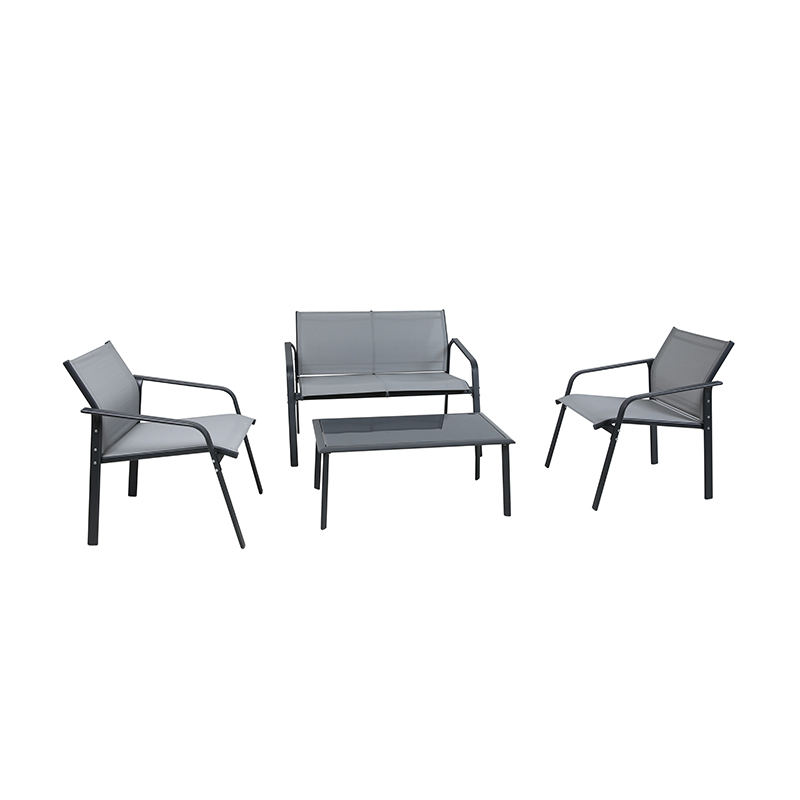
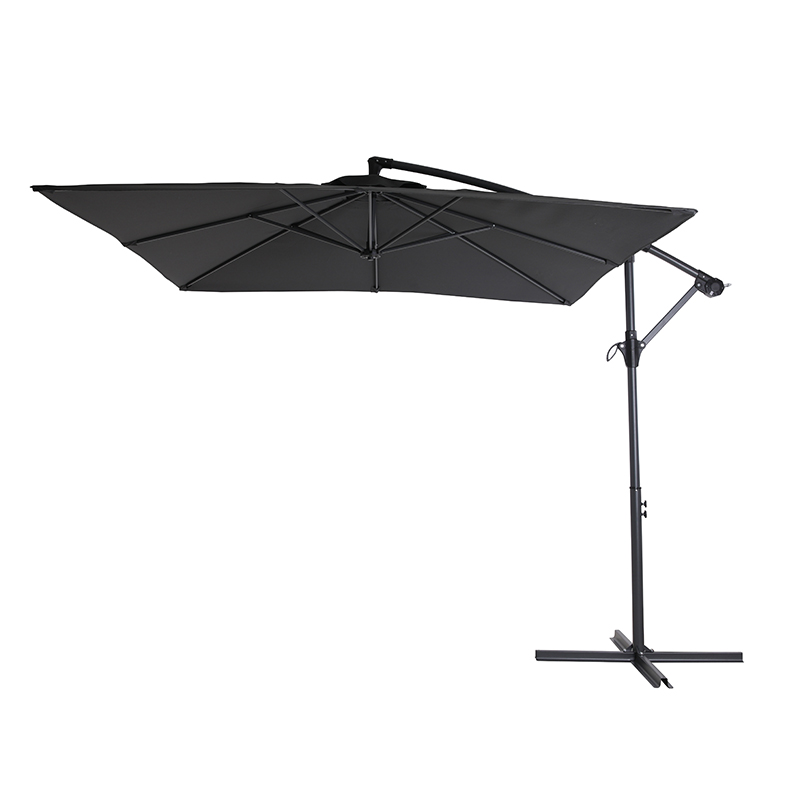

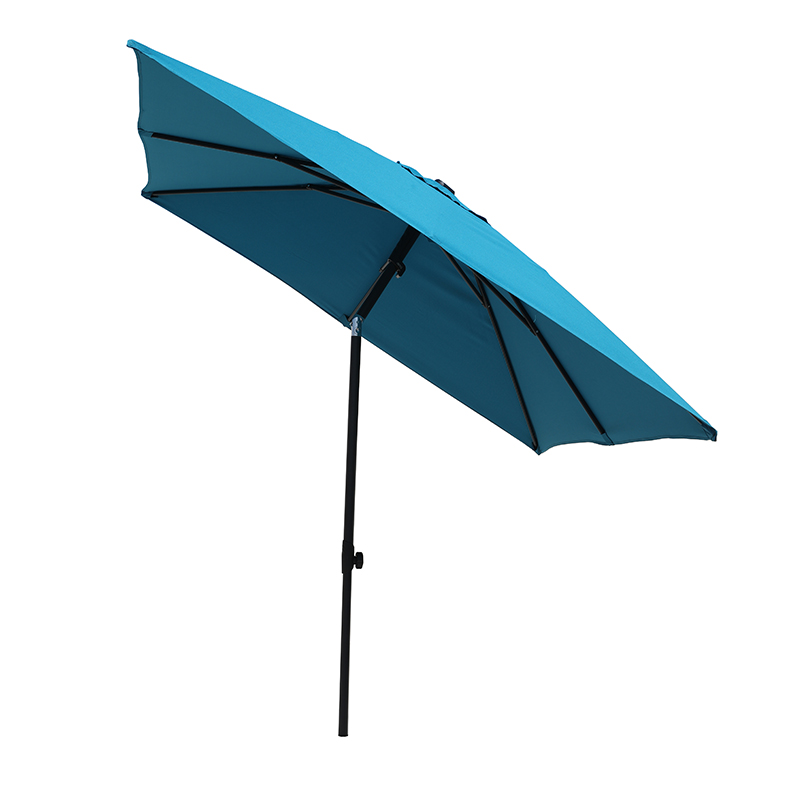
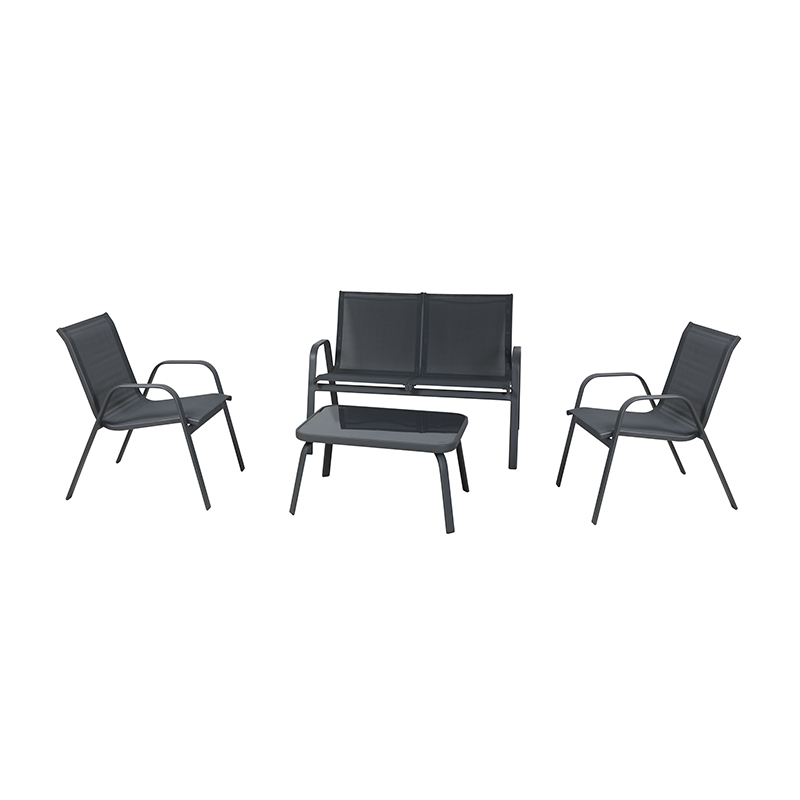
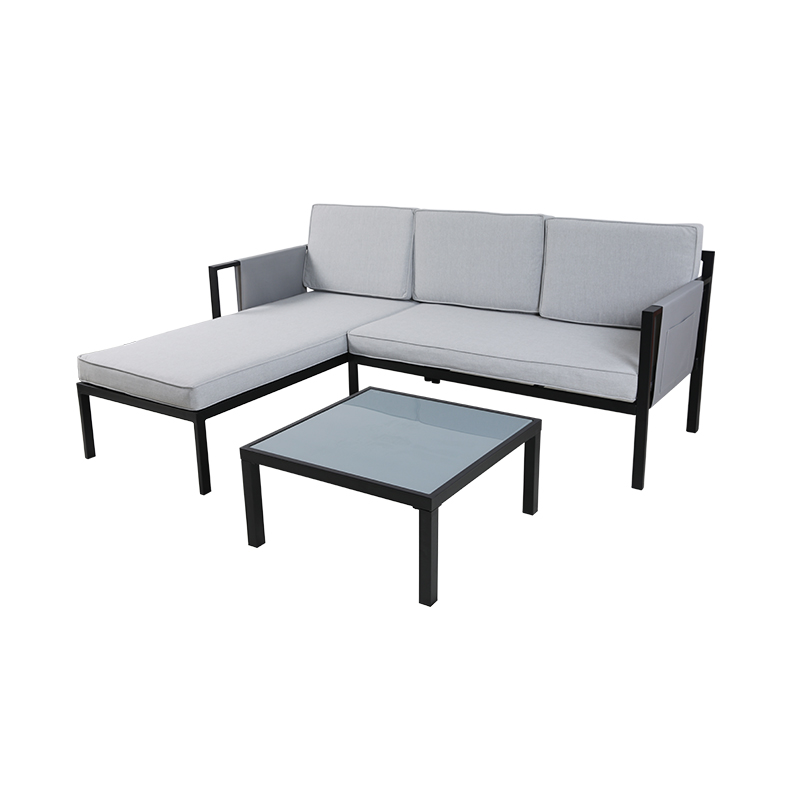
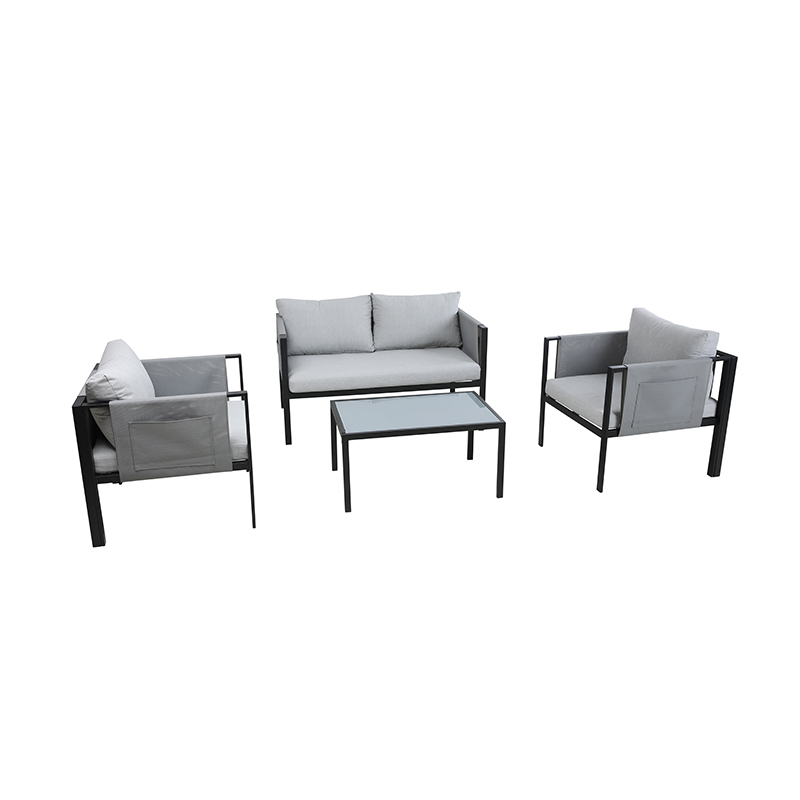

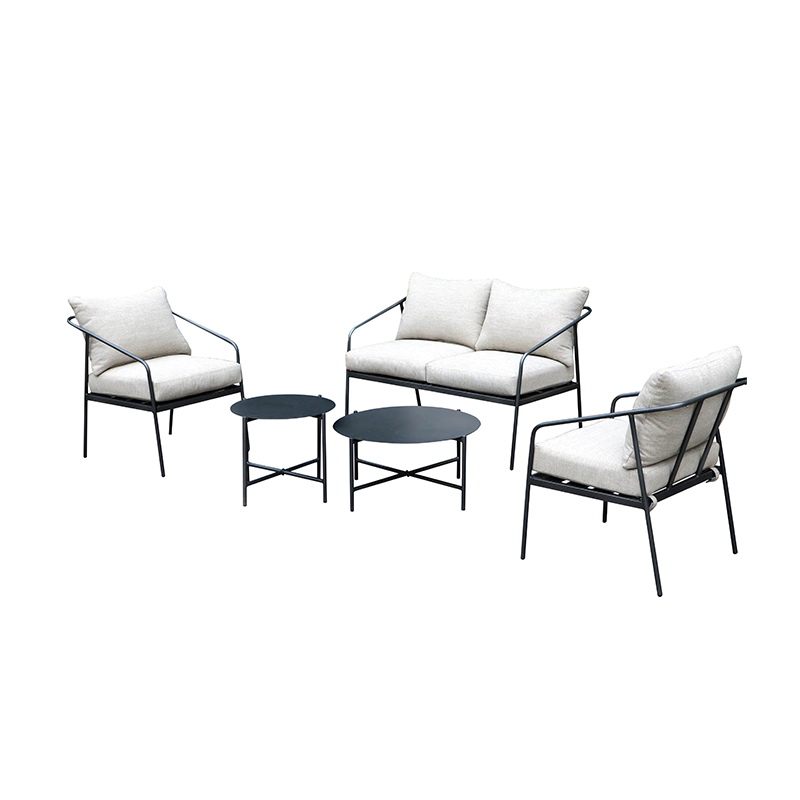
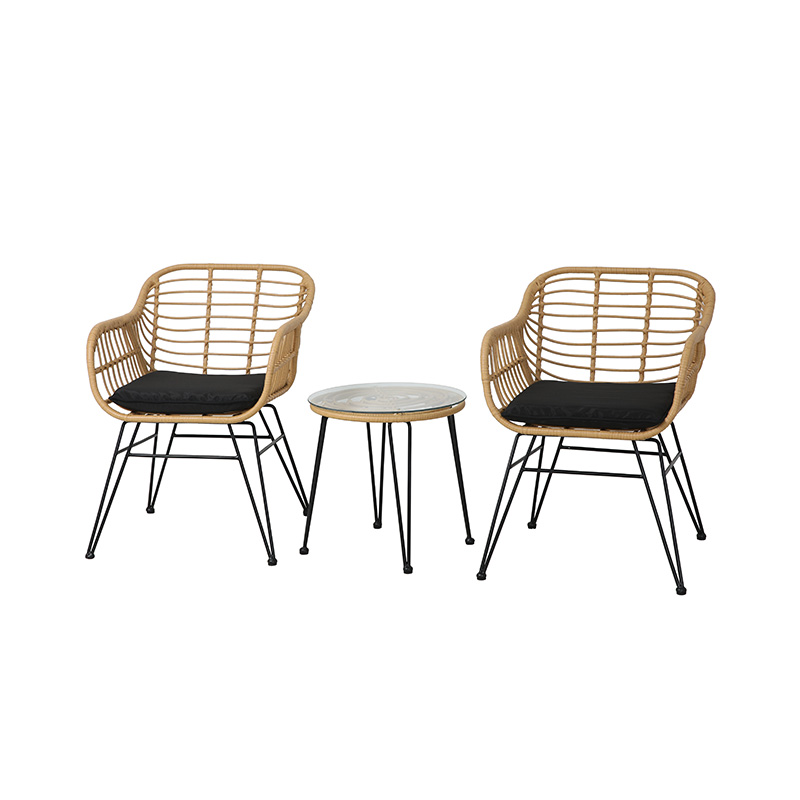

 Tel
Tel  Email
Email  ADDRESS
ADDRESS 














